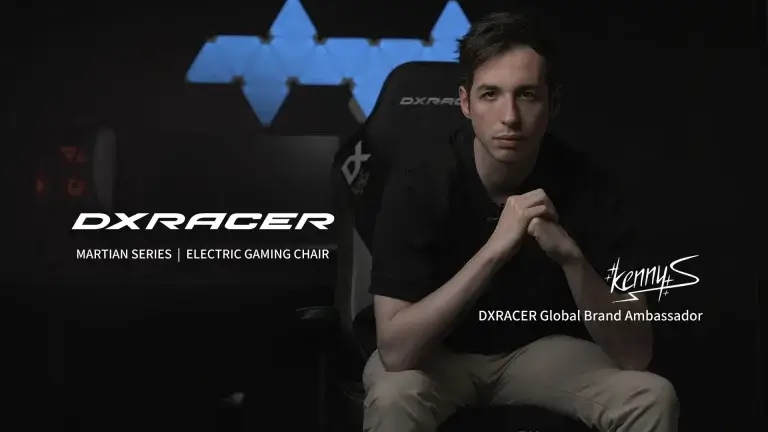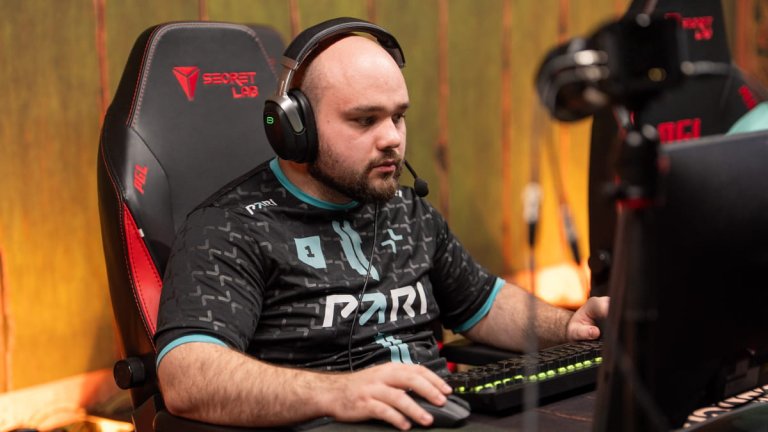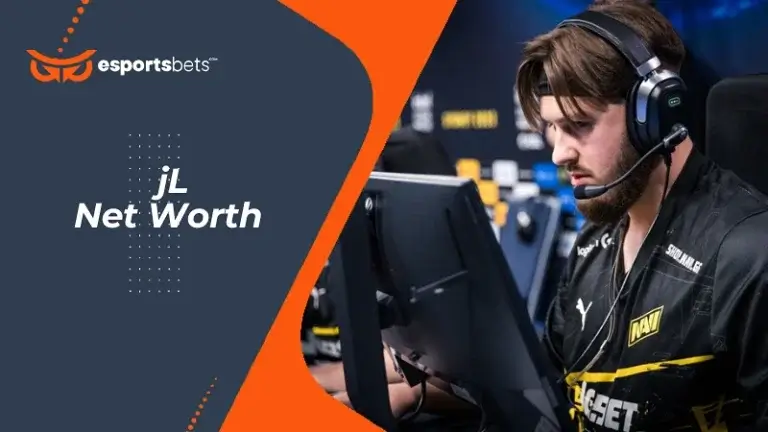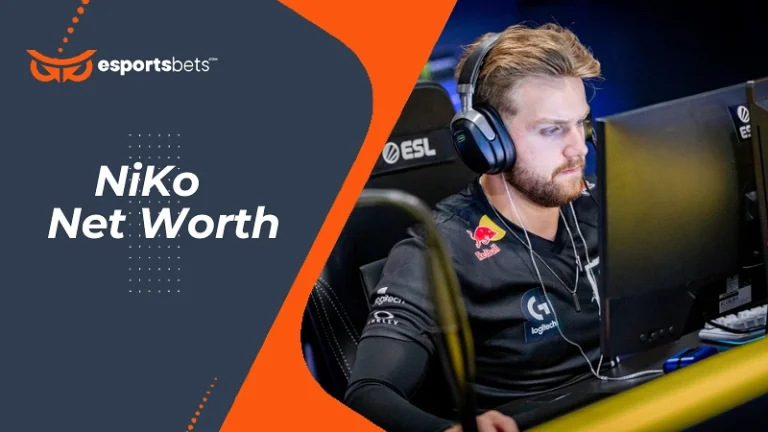‘Females And Esports Progress Update’ Reveals Improving Trends
Last week, LA-based research company Interpret released their latest white paper, dubbed the Females and Esports Progress Update. The paper revealed that from the fourth quarter in 2016, through to the fourth quarter in 2018, the number of women watching esports had increased by 6.5% — from 23.9% in 2016 to 30.4% two years later.
What people are saying about the study
The news has been greeted with almost unanimous positivity across the esports spectrum and has been widely reported by many news outlets.
Tia Christiansen, the Vice President of Research (EMEA) at Interpret said of the results:
“Changing behaviors among a large segment of people is difficult. Progress of this size always takes time; however, a 6.5% gain in gender share over a two-year period is a trend in the right direction. If two years from now, females grab an additional 6% in share, eSports viewership will be in gender split parity with what we consider standard among traditional console and PC games.”
However, while this increase in viewership is undeniably a positive for women esports fans, there is still plenty of evidence within the report that suggests there is still a long way to go.
The current state of women in esports
One of the most interesting aspects of the report was its finding that 35 percent of esports gamers are female. However, when it comes to watching esports, just 30 percent are female. And when it comes to watching esports leagues (read: more regular viewers) the number of female viewers drops to 20 percent.
These results could be indicative of many things. They may highlight that women are more interested in playing an esports title than simply watching. Indeed, I feel these findings would likely be echoed by a similar study of male gamers. It is, after all, more fun to play esports than to simply observe.
And despite vast evidence of toxic online environments for women in gaming, there could be another simpler problem at the heart of gender disparity in esports.
Low involvement in major esports titles
Some of the most telling data in the report concern women and top esports titles. When viewed as a share of the total player base, the percentage of women is surprisingly low.
- Dota 2 – 20% female players
- Rainbow 6 Siege – 23% female players
- CS:GO – 24% female players
- Overwatch – 26% female players
- Hearthstone – 26% female players
This data is indicative of how some games appeal more to male gamers than female. As for why is open to speculation.
When it comes to “casual gaming” (by that, Interpret used the notion of playing games on a mobile device rather than on a PC or console), they found the number of female players was significantly higher than male. Sixty-six percent of the “casual gamer” market is female. This shows women do indeed have an interest in esports and gaming. They may just not enjoy the games that are the leading lights in the industry at present.
[cta id=2581 type=geo]On the mobile Skillz platform, seven of the top mobile earners in 2018 were female. This is wildly at odds with the top earners in the esports industry where the highest paid woman in 2018, Sasha Hostyn, was 251st on the larger list.
A change of focus?
Could it be that games like CS:GO, Dota 2, and Rainbow Six Siege just don’t have the appeal to most women?
There is a clear argument for this. There are a number of games where female players outnumber male players. These tend to fall within the mobile/competitive gaming sphere, such as Wordscapes, Candy Crush, and Cookie Jam. Titles that boast almost a 50/50 split between female and male players include Super Mario Party, Angry Birds 2, Sims 4, and Pokemon Go.
Yet it is wrong to say that combat games do not appeal to female players. Fortnite, for one, has almost double the number of female players as Dota 2. And Call of Duty Black Ops similarly attracts nearly double the women players as Rainbow Six Siege or CS:GO.
So while it is tempting to suggest that mobile competitive gaming may be the way to encourage female participation in esports, it is not the only way. It is clear that women enjoy as broad a range of esports gaming as the men, but perhaps it is the esports industry which has focused, unwittingly or not, to promote the games that are more male-dominated.
It will be interesting to see how these results look in two more years. We’ll wait and see.





















